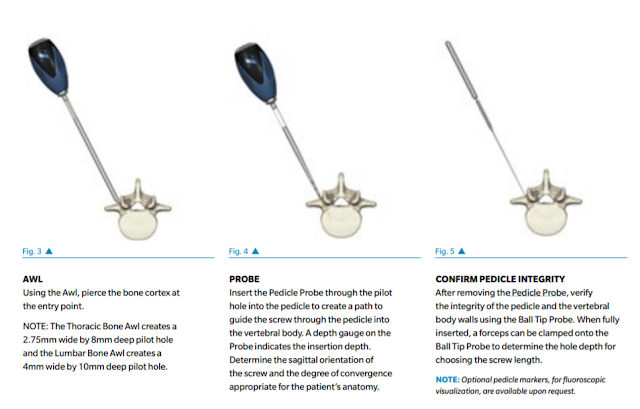Week 3: Gross & Microscopic Pathology
This week, I got to
learn a little more about gross pathology. This is not the kind of gross that
means disgusting (at least not to some people); it’s like the total specimen
kind of gross. The gross examination includes a basic description of what the specimen
is like when it arrives. The pathologists (actually, usually the residents)
will make note of the size, shape, color, weight, and general appearance of a
specimen. Then they cut it up and prepare for the microscopic analysis.
Here is a (long) video
from Weill Cornell about the steps that go into grossing a bladder (a very
valuable skill for everyone):
Today, I attended an autopsy conference that happens almost every Friday. The pathologists present an autopsy case including the history and final diagnosis of the patient. I learned that autopsies are performed when the family of the deceased patient requests one, usually to find or confirm a diagnosis.
After that, there was a gross conference. This is kind of like an educational game the residents play where pictures of a specimen are displayed and somebody describes what they see to determine a diagnosis. I learned a lot from this activity about various ways to describe different specimen and identify the organs that are shown.
I also had the chance to continue attending daily sign-out sessions. I went to the genitourinary sign-out each morning to get a better idea of the tissues they look at. I have been starting to recognize differences between normal and abnormal cells, but I still have a lot to learn!
One last thing I got to learn about this week was the difference between immunohistochemistry and FISH (fluorescence in situ hybridization). I learned that immunohistochemistry involves the binding of antibodies on proteins and can look something like this [1]:
Instead of proteins like immunohistochemistry, FISH is used when you want to look at nucleic acids. This technique uses a fluorescent marker and may look something like this [2]:
These techniques are both part of the microscopic side of pathology and are used to help determine a diagnosis or figure out what caused a disease.
With the fourth of July on Tuesday, I didn’t have quite as much time to spend in pathology, but I did enjoy spending time in New York City. I am really looking forward to learning much more about pathology in the next four weeks!
[1] Fred Hutchinson Cancer Research Center. (2011). Immunochemistry. Retrieved July 7, 2017, from https://sharedresources.fredhutch.org/galleries/immunochemistry
[2] Abnova Corporation. (2017). HER2/CEN17q FISH Probe. Retrieved July 7, 2017, from http://www.abnova.com/products/products_detail.asp?catalog_id=FG0006





Comments
Post a Comment